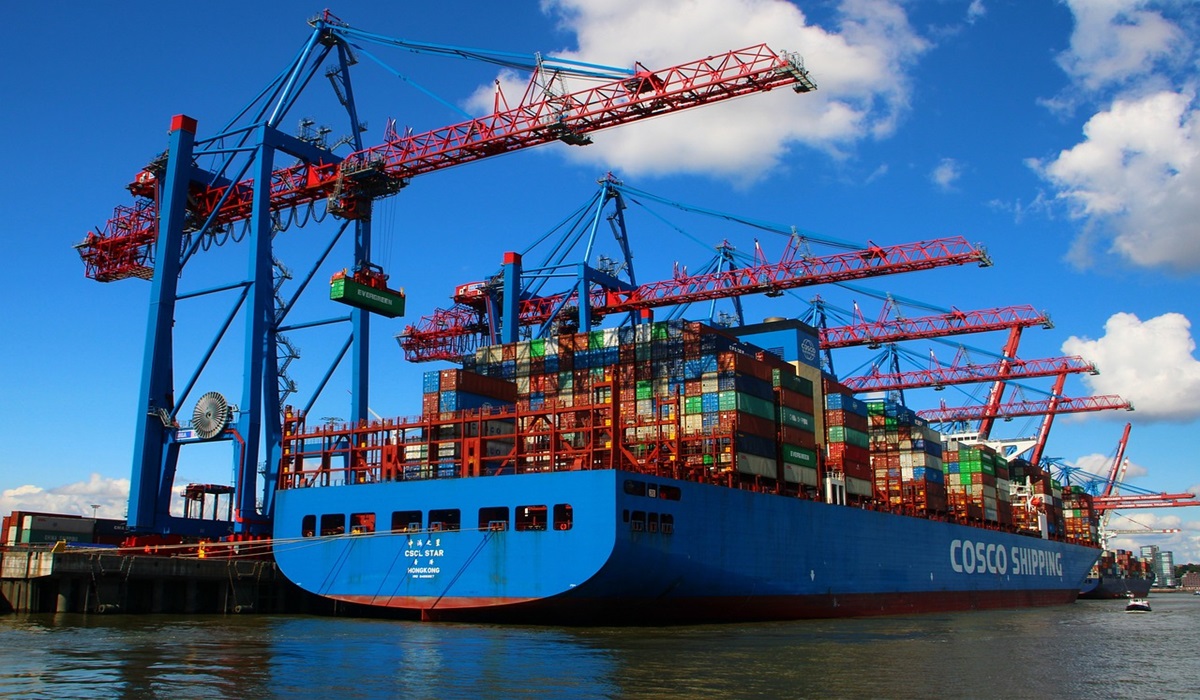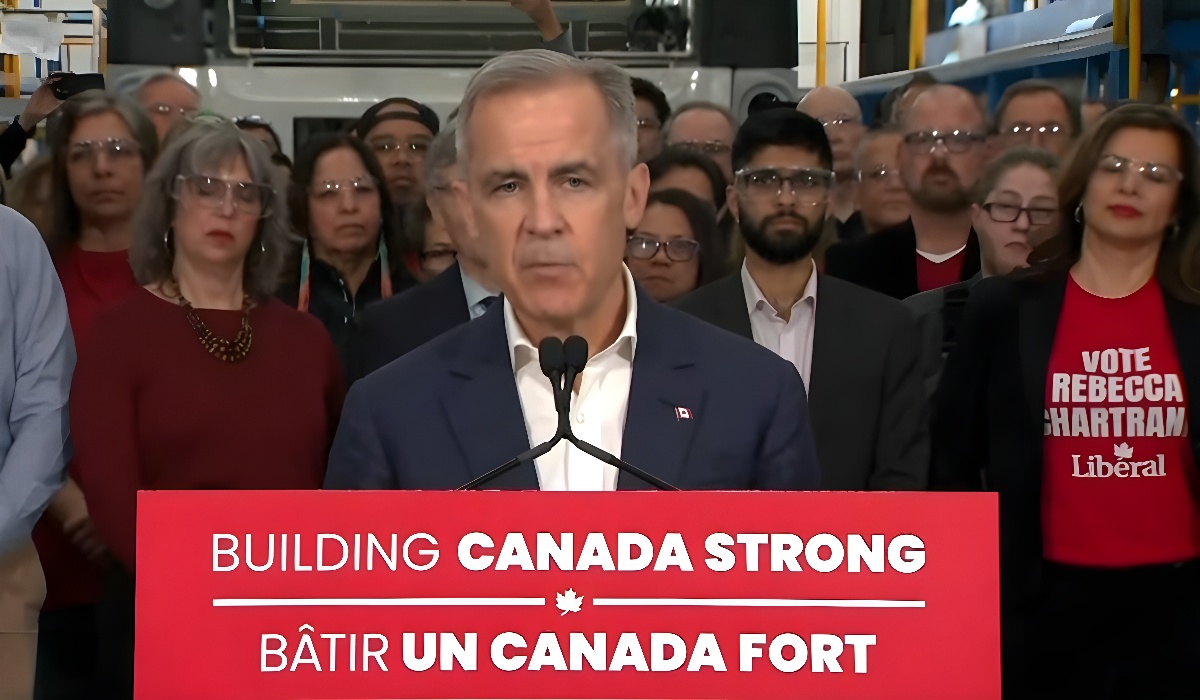Trade Imbalance? Not So Fast: Why Canada Isn’t Taking the U.S. for a Ride
- Xuemei Pal
- Canada
- April 4, 2025

Image, Credit Elchinator
Donald Trump loves to talk about trade deficits. He’s made it a cornerstone of his economic rhetoric, repeatedly painting Canada as a country that is “ripping off” the United States through an unfair trade imbalance. But when you look beyond the big headline numbers and take a step back, the picture he paints starts to look less like a reality check and more like a creative accounting exercise to serve a political narrative.
Let’s get the top-line numbers out of the way. In 2024, Canada exported approximately $596.2 billion CAD to the United States, while importing $471.3 billion CAD. From the U.S. perspective, that’s $412.7 billion USD in imports from Canada and $349.4 billion USD in exports to Canada. Yes, there’s a numerical imbalance, and yes, on paper it favors Canada.
But raw numbers alone can be misleading. They don’t account for context—and context is everything.
Canada is a nation of just over 40 million people. The United States has roughly 340 million. That means for every American, there are more than eight Canadians—and yet Canada is purchasing more U.S. goods and services per person than the average American is purchasing from Canada. In fact, per capita, Canadians are importing U.S. goods at nearly ten times the rate Americans are importing from Canada. That’s not exploitation—that’s an overwhelming endorsement of American products and a testament to how tightly knit the economic relationship between our two countries really is.
To put it bluntly, if Canada were truly benefiting unfairly from trade with the United States, it would be reflected in a different set of behaviors. A country with a tenth of the population is buying hundreds of billions of dollars’ worth of American goods every year. That’s not freeloading—that’s participation in a reciprocal, integrated market that both nations depend on. Canada’s economy is deeply linked to that of its southern neighbor, and the U.S. has benefited immensely from access to Canadian resources, energy, agriculture, and manufacturing.
Trump’s message, often boiled down to a catchy soundbite, selectively focuses on the headline figures while ignoring the population disparity and the reality of cross-border integration. It’s a political strategy, not an economic analysis. In truth, the so-called “imbalance” has far more to do with scale and proximity than it does with unfairness.
Let’s also remember that much of what the U.S. imports from Canada isn’t finished consumer goods—it’s intermediate goods, materials, and energy that feed directly into American production and infrastructure. Those Canadian exports support American jobs and industry in ways Trump’s rhetoric fails to acknowledge. Likewise, U.S. exports to Canada are essential to Canada’s economy. It’s a mutual lifeline, not a one-way street.
So the next time you hear a politician say Canada is taking advantage of the U.S., remember this: Canadians are buying American, big time. They’re pulling far more than their weight relative to their size, and any narrative that ignores this reality is either economically misinformed or deliberately misleading.
The U.S.-Canada trade relationship is a model of cooperation that other countries envy. Distorting it for political theatre may win applause at rallies, but it undermines the truth—and the truth is that this partnership works precisely because both countries benefit. Let’s not let politics rewrite the numbers.








